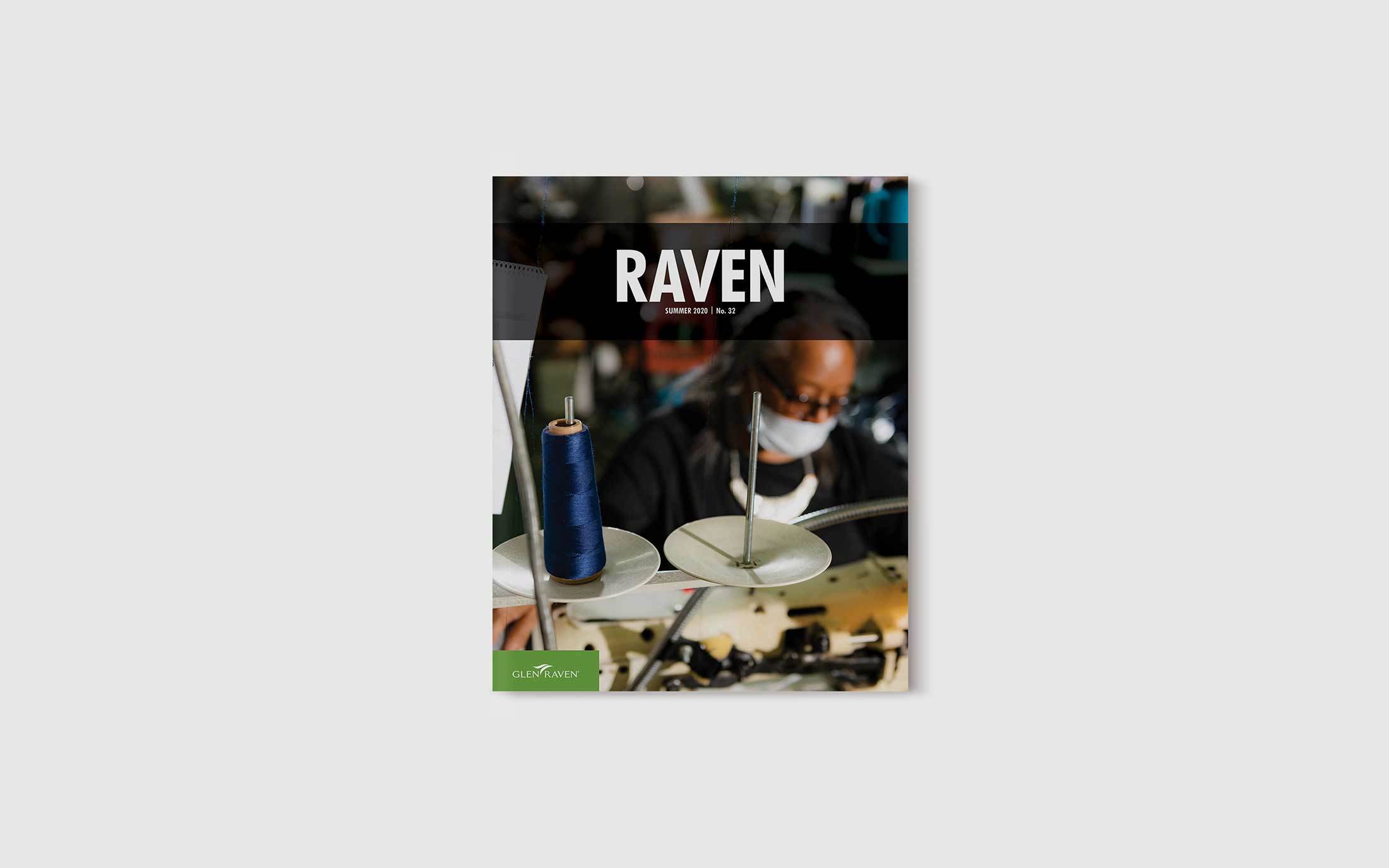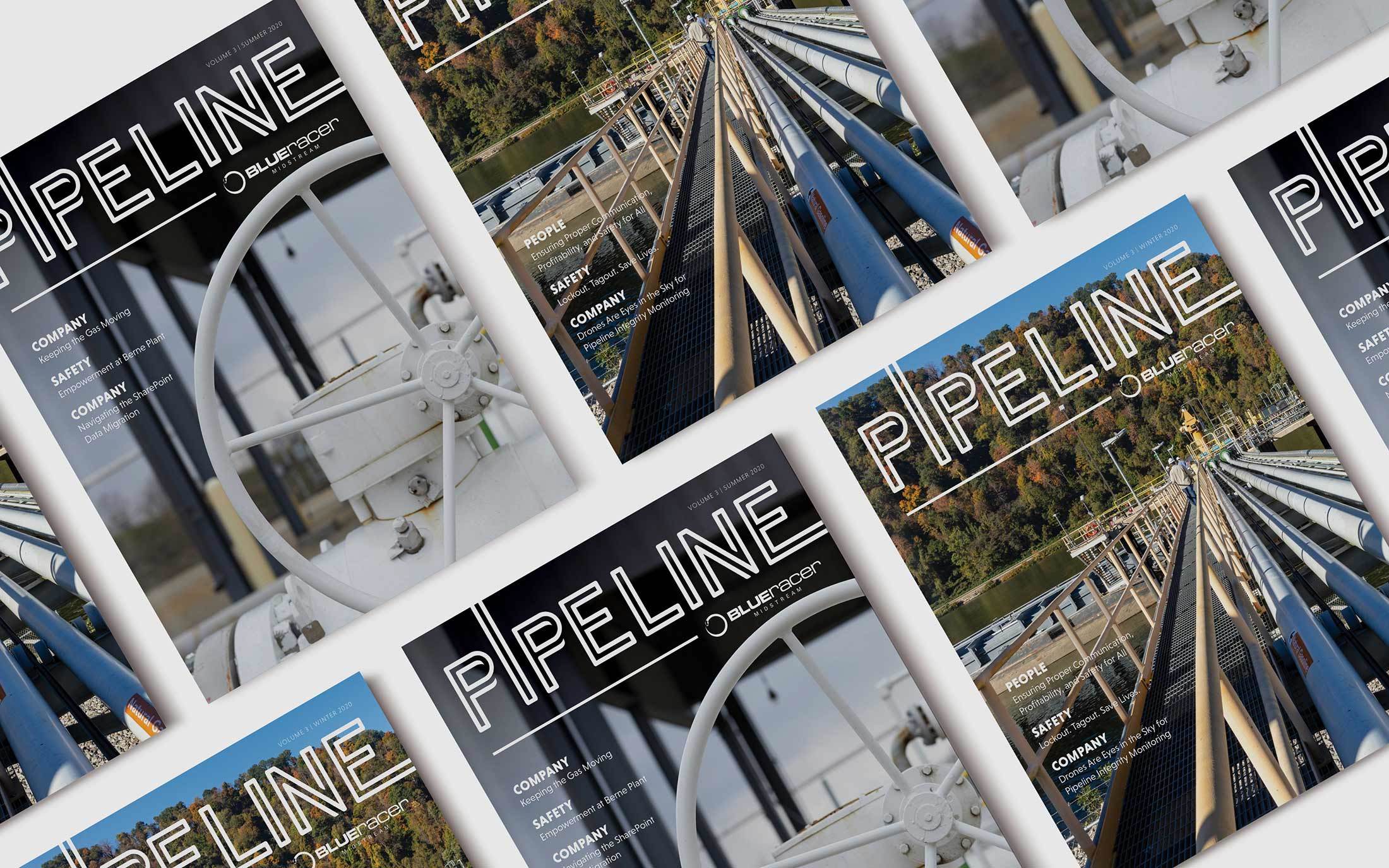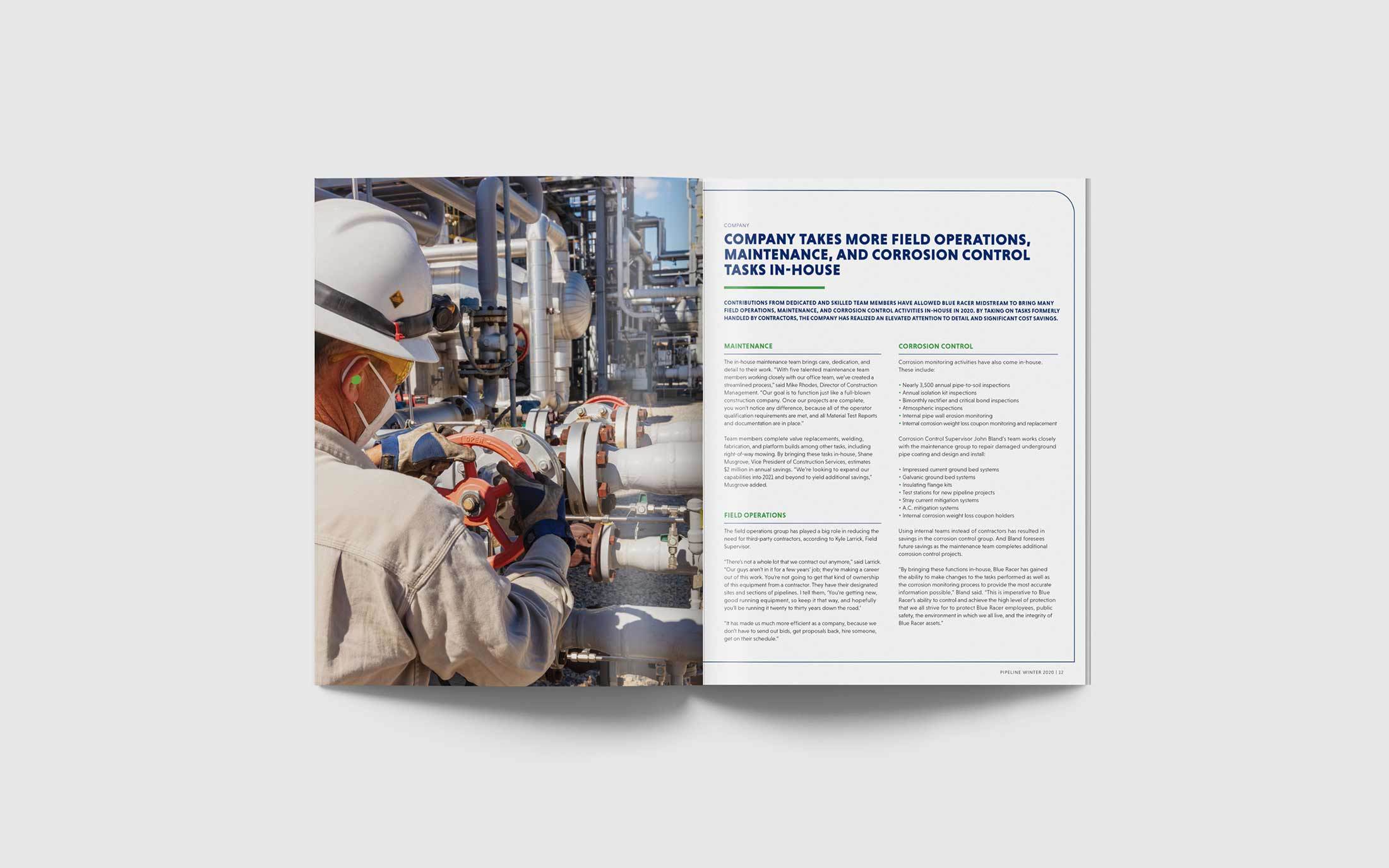Content Marketing
Public Relations

In today’s digital age, it can be easy to discount print or, worse, predict its demise. Since the advent of the internet and the digital revolution that followed, discussions about the role of print media too often have been framed by the mindset that “print is dead” or it will be “gone in my lifetime.”
But as global journalism leader Poynter Institute reports, the digital future may be now, “but print still looms large.” Poynter also reported on audience trends from News Media Alliance stating that 44% of the print audience did not read a digital version of their local newspaper. It begs the question, “Why not?”
If you are among those who have considered the long-term viability of print media — newspapers, magazines, newsletters and similar printed materials — consider the following reasons as to why the oldest type of mass media has survived for nearly 600 years, as well as its role in serving as a credible conduit that engages readers.
It’s purpose-built for storytelling.
We all love a good story. Storytelling is central to the human experience, and there is perhaps no better way to consume the richness of a story than in print. From the sound of the turning page, to the ability to make notes in the margins, to compelling words that jump off the pages, print media creates a bond between readers and stories. And for many, newspapers and magazines are still as familiar as an old friend.







